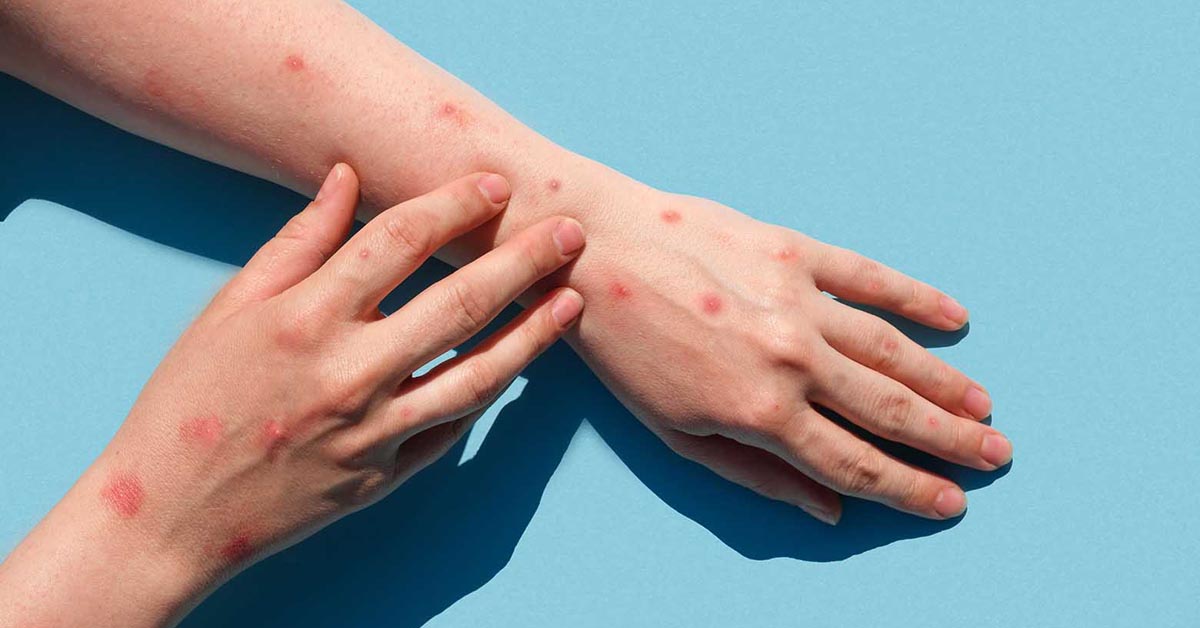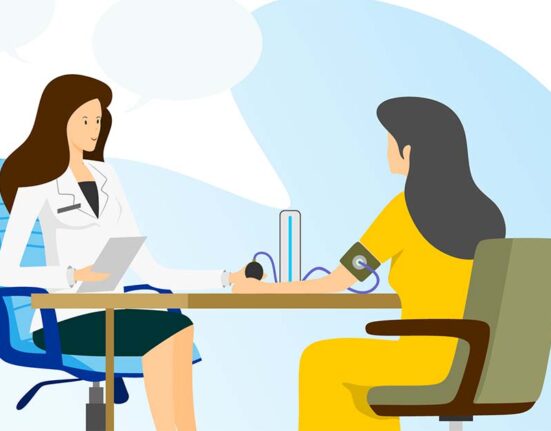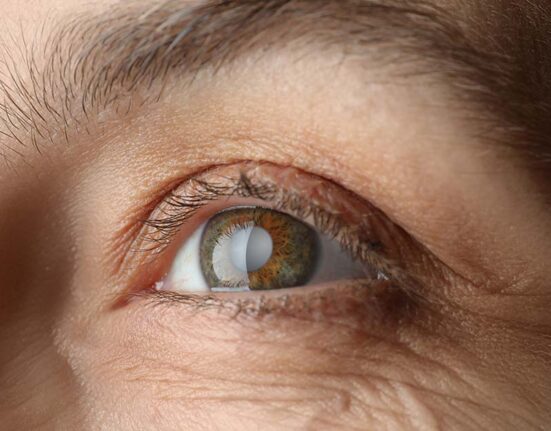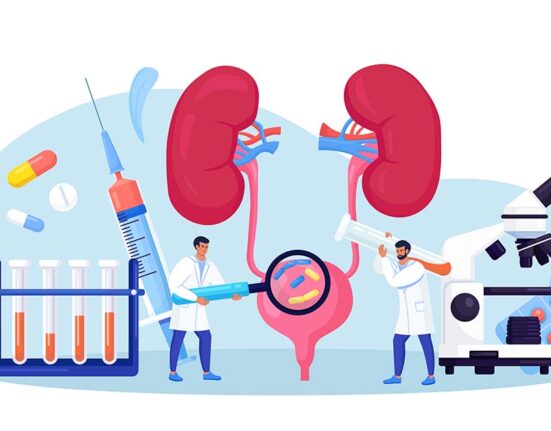Monkeypox is already endemic in some countries but is currently causing concern due to an ongoing worldwide outbreak. Now, cases are emerging in areas that don’t normally report the disease. On 21 Jun 22, the Ministry of Health confirmed the first imported case (of the current outbreak) of monkeypox in Singapore. The only other reported case of monkeypox in Singapore was in 2019. Read on to understand more about what monkeypox is, and how human-to-human transmission may occur.
Monkeypox is a Zoonetic Disease
Monkeypox is a rare zoonotic disease. Zoonotic diseases are diseases which are transmitted from animals to humans. This viral disease is similar to, but clinically less severe, than smallpox. Monkeypox is caused by infection with the monkeypox virus, which belongs to the Orthopoxvirus genus in the family Poxviridae. The Orthopoxvirus genus also consists of variola virus (which causes smallpox), vaccinia virus (used in the smallpox vaccine), and cowpox virus.
Monkeypox was first discovered in the 1950s when two outbreaks of a pox-like disease occurred in colonies of monkeys kept for research. The first human case of monkeypox was documented in 1970 in the Democratic Republic of the Congo during a period of increased effort to eliminate smallpox.
Monkeypox cases in people have occurred outside of Africa linked to international travel or imported animals, including the current reported case of Monkeypox in Singapore.
Natural Host of Monkeypox Virus
Several animal species have been identified as susceptible to the monkeypox virus. These include squirrels, Gambian pouched rats, dormice, non-human primates, and other species. Uncertainty remains on the natural history of the monkeypox virus. Additional studies are needed to identify the natural reservoir(s) and how virus circulation is maintained in nature.
The Pathogen
Monkeypox virus is an enveloped double-stranded DNA virus belonging to the Orthopoxvirus genus of the Poxviridae family. There are two distinct genetic clades of the monkeypox virus: the central African (Congo Basin) clade and the West African clade. The Congo Basin clade was thought to be more transmissible and has historically caused more severe symptoms. The geographical division between the two clades has so far been in Cameroon. It is the only country where both virus clades have been found.
How is Monkeypox Transmitted?
According to the US Center for Disease Control and Prevention, the monkeypox virus can spread when a person comes into contact with the virus from an infected animal, infected individual, or items contaminated with the virus. Monkeypox spreads between people mainly through:
- Direct contact with infectious scabs, sores, or body fluids.
- Prolonged face-to-face contact via respiratory droplets or by touching contaminated clothing or linens.
- Intimate contact between individuals, including during sex, as well as activities like cuddling, kissing, or touching parts of the body with monkeypox sores.
Monkeypox virus can cross the placenta from the mother to her fetus. At the moment, it is not established if monkeypox spreads through semen or vaginal fluids.
Treatment for Monkeypox in Singapore
According to the Ministry of Health, there are currently no proven specific treatments or vaccines for monkeypox. Instead, treatment is usually symptomatic and supportive. The symptoms will usual resolve by themselves within 14-21 days.
Protect against cancer, cardiovascular disease, and other chronic diseases with regular health screening. Compare and shop for health screenings from Singapore and regional healthcare providers at a single convenient platform - shop.health365.sg
This article is informative only and is not intended to be a substitute for professional medical advice, diagnosis, or treatment, and should never be relied upon for specific medical advice.
























































